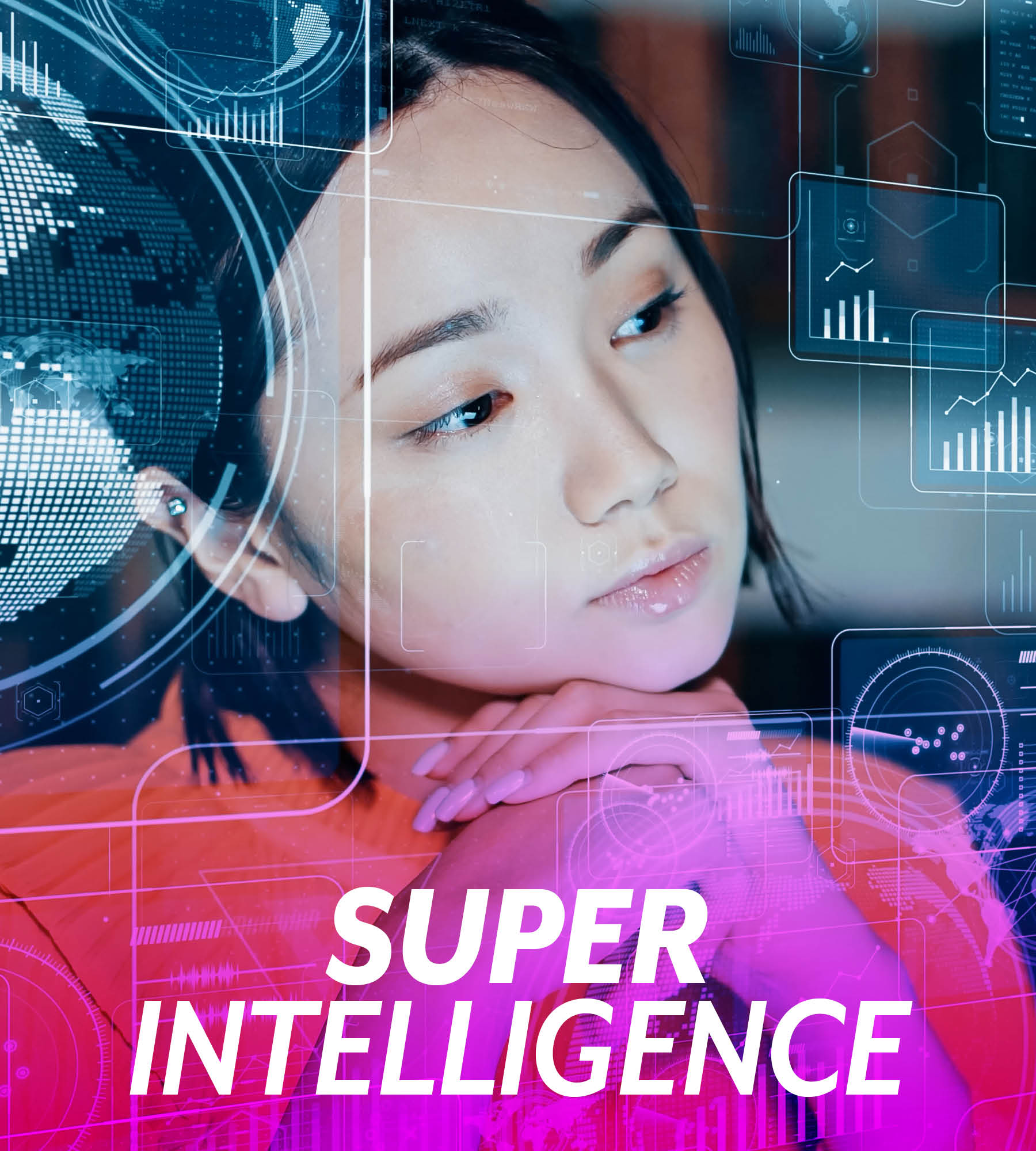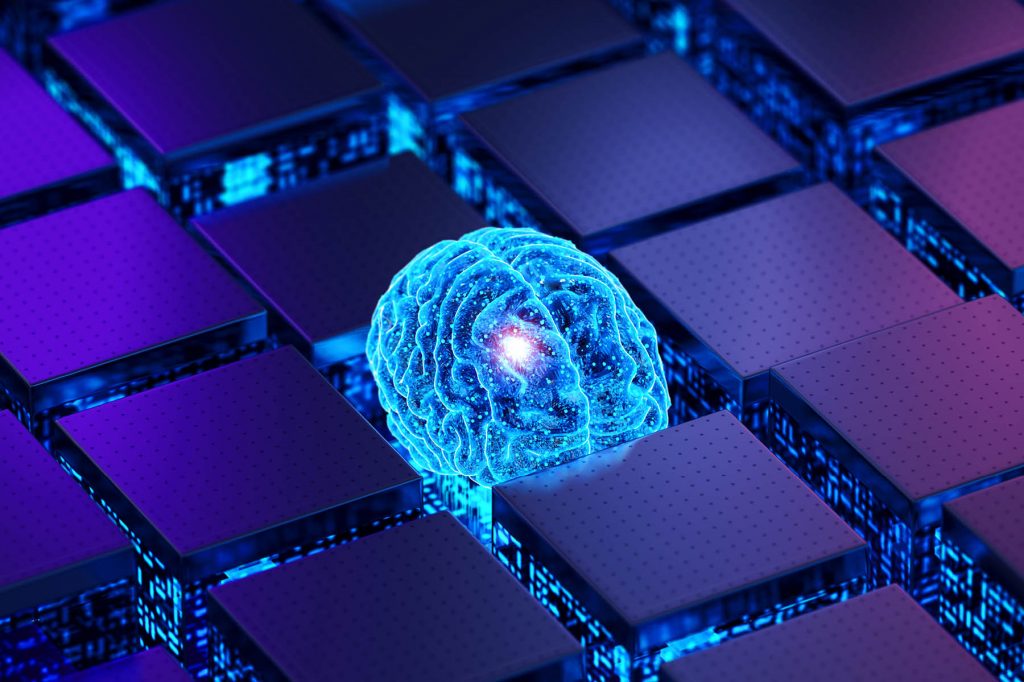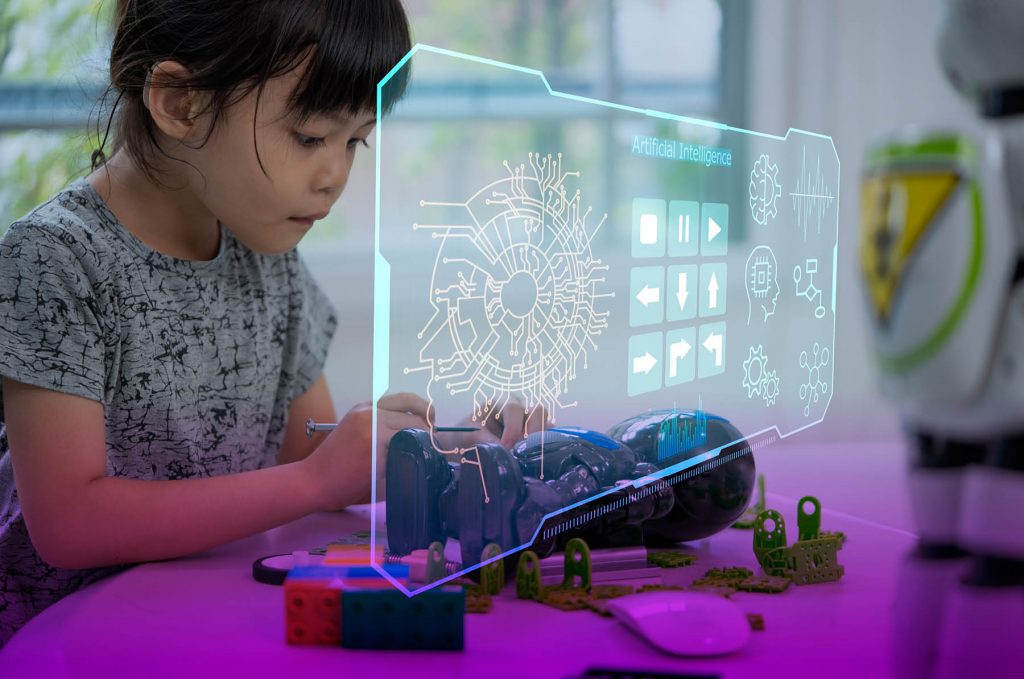Language
You can read the magazine in one of the following languages
Geolocation
You can read the global content or the content from your region

There’s something incredibly telling that Mira Murati’s favorite movie is 2001: A Space Odyssey, which considers the possibilities and frailties of technological advancement. Her favorite song, ‘Paranoid Android’ by Radiohead, is inspired by Douglas Adams’ novel The Hitchhiker’s Guide to the Galaxy.
In the book, Marvin the Paranoid Android has a brain the size of a planet, but he is bored and depressed by the trivial jobs humans assign him, such as opening doors. The song comes from Radiohead’s 1997 masterpiece OK Computer, whose title, also inspired by Adams, speaks of alienation from living in a technologically dependent society.

If you’re sensing a theme here, you’re right. These works of art prophesied a future that San Francisco-based OpenAI and Murati, the CTO who leads OpenAI’s research, product and safety teams, are in the process of creating – and one we find ourselves inadvertently living in.
So who is this Millennial technophile with our future in her hands? Born in Albania, Murati moved to Canada at 16 to attend the renowned international school Pearson United World College before obtaining a degree in mechanical engineering from Dartmouth, the Ivy League research university.
After a brief stint at Goldman Sachs, Murati spent a year at Zodiac Aerospace as Advanced Concepts Engineer. But in 2013, during her three-year role at Tesla as a Senior Product Manager of Model X, she witnessed the first iterations of the AI-enabled autopilot driver-assistance software and AI-enabled robotic assembly lines that would shape her future.
In 2016, she led the product and engineering teams at Leap Motion for two years before joining OpenAI in 2018, where she was leading hardware strategy and managing the reinforcement learning research team.

“ChatGPT is essentially a large conversational model – a big neural net that’s been trained to predict the next word.”
However, when promoted to CTO in March 2022, six months before its much-hyped AI tools rolled out, Murati became one of the leading voices of AI’s world-shaping technology.
Since the 1950s, humans have started developing and, subsequently, using artificial intelligence – smart home devices, chatbots, banking and streaming, to name a few. In September 2022, OpenAI launched the generative-image program DALL-E 2, and then two months later AI chatbot ChatGPT, which answers complex questions with human-like articulacy. Instantly, AI captured the public’s imagination.
It also alerted the world to the AI revolution and the (so far) unregulated new generation of technological advances that are coming our way, whether we like it or not. But, at this moment in time, it seems that we do.
OpenAI’s strategy has been to test its tools in public for free while they are still in the feedback stage. As a result, from February to April this year, OpenAI’s traffic grew to a record-breaking 1.8 billion monthly visitors. Now ChatGPT has more than 100 million users while OpenAI’s Codex product looks set to revolutionize how the world uses computers as it parses natural language and generates code in response.
The tools also made OpenAI the world’s leading and most recognizable AI brand while cementing Murati as one of her generation’s global tech superstars. She has already been featured in a story in Time and appeared on The Daily Show with Trevor Noah.

“We need a ton more input in this system and a lot more input that goes beyond the technologies.”
OpenAI seems also to have gained an astronomical jump-start on Google’s DeepMind AI project, which helped pioneer some of the technology underpinning ChatGPT. According to The New York Times, Google recently issued a “code red” around launching AI products and proposed a “green lane” to shorten the process of assessing and mitigating potential harms.
Meanwhile, tech behemoth Microsoft has invested US$10 billion into OpenAI and, according to The Washington Post, is working to incorporate it into its popular office software and selling access to the tool to other businesses. Techcrunch got intel in June that firms including Sequoia Capital, Andreessen Horowitz, Thrive and K2 Global have invested more than US$300 million at a valuation of US$27 billion to US$29 billion into OpenAI.
Despite the hype, Murati concedes to Time that OpenAI’s technology has some significant drawbacks that should send every student in the world triple fact-checking their AI-inspired homework.
“ChatGPT is essentially a large conversational model – a big neural net that’s been trained to predict the next word – and the challenges with it are similar challenges we see with the base large language models: it may make up facts,” she said.
This creativity is known in the tech world as hallucination; ChatGPT includes a warning that states it may occasionally generate incorrect information, while its knowledge cut-off is 2021. Intentionally or not, Murati’s much-loved and data-fed chatbot has never heard of her in any capacity.

Testing tools in public is an interesting strategy when you consider OpenAI was initially co-founded by Elon Musk (who left in 2018 due to a conflict of interest), President Greg Brockman, CEO Sam Altman and Chief Scientist Ilya Sutskever as a research lab to counter “‘bad” AI and advocate for responsible use of the technology.
Yet OpenAI’s success has made questioning AI’s role in our lives even more pressing. Will it help solve complex global issues such as climate change, poverty, hunger or other global crises? At the risk of sounding alarmist, will it even go beyond just replacing human jobs and ultimately eradicate us and become the next evolutionary step for planet Earth?
Murati believes in setting a north star for AI, telling Time: “What’s the key ethical or philosophical question that we still need to figure out? It’s important for OpenAI and companies like ours to bring this into the public consciousness in a way that’s controlled and responsible. But we’re a small group of people, and we need a ton more input in this system and a lot more input that goes beyond the technologies – definitely regulators and governments and everyone else.”
She explained the three areas of concern regarding AI when appearing on a panel at CogX, a leading AI and emerging technology conference and festival.

“It’s important for OpenAI and companies like ours to bring this into the public consciousness in a way that’s controlled and responsible.”
“One is around misuse, the other is mitigating unintentional harms, and the third one is the people behind the technology development, the feedback, the product access,” she said.
“We provide some guidance as to how we deal with these issues. It’s not enforceable. We know that, but it’s really a first step to open up the dialogue and discussion around how to move deployment forward and make these systems more reliable. It is a first step, and I also see it as a kind of living document where we learn more.”
Murati is at the forefront of these learnings. She recently became a board member of Unlearn.AI, a San Francisco-based health startup whose application of AI is revolutionizing healthcare, diagnostics and treatment. For example, the company utilized machine learning software to create “digital twin” profiles of patients in clinical trials, potentially reducing costs for drug developers and minimizing the need for placebo recipients.

While these applications feel positive, the future remains to be determined. Will AI become the servant or master of humanity? The questions raised echo The Hitchhiker’s Guide to the Galaxy, which landed on the former. In the story, a character asks the computer to relinquish control.
“OK, computer, I want full manual control now.”
“You got it,” replied the computer.
(The Hitchhiker’s Guide to the Galaxy, Douglas Adams)
Let’s hope future generations will share the optimism of both Adams and Murati.